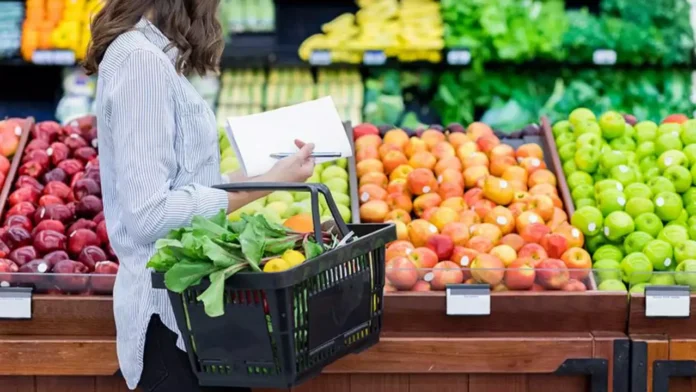Global food commodity prices continued to fall in February, marking the lowest average since February 2021, mainly as a result of lower world cereal prices.
The FAO Food Price Index, monitoring the prices of five food commodities, dropped by 10.5% compared to the corresponding month last year and decreased from 118.2 points in January. Compiled by the Food and Agriculture Organization of the United Nations, the index averaged 117.3 points in February.
The cereal price index decreased by 5% from January to 113.8 points, marking a 22.4% decrease from its February 2023 value. The FAO reported that international prices for all major cereals experienced a month-on-month decline, with maize exports registering the most significant drop.
Wheat prices were down due to “lower export quotations due a strong export pace from the Russian Federation, which exerted downward pressure on prices from other origins, in particular the European Union”, the FAO wrote in a statement.
Continue Exploring: Kellogg’s CEO faces backlash after suggesting Americans eat cereal for dinner amid soaring food prices
In a separate report on cereal supply and demand, the FAO raised its forecast for 2023 cereal output by 1.1% from 2022 to 2,840 million metric tons due to increased maize supplies in Brazil, China, and the US.
Vegetable oil prices declined by 1.3% compared to the previous month and were down by 11% compared to the previous year, primarily attributed to reduced world prices of soy, sunflower, and rapeseed oils. The agency noted that this decrease offset marginally higher palm oil quotations.
Dairy prices were marginally up on January but stood 13.4% lower than 2023. The FAO said, “In February, world butter prices rose the most, underpinned by higher import demand from Asian buyers and seasonally declining milk production in Oceania.”
The meat price index increased by 1.8% compared to January and was only 0.8% below its corresponding value from one year ago. This marked a reversal from seven months of consecutive decreases.
Continue Exploring: Govt rolls out ‘Bharat’ rice at INR 29/kg to tackle rising food prices
The FAO said international price quotations for poultry meat rose the most, followed by bovine meat, “underpinned mainly by a rise in demand from leading importing countries”.
Meanwhile, sugar prices rose by 12.5% compared to the previous year and 3.2% compared to the previous month, indicating the second consecutive monthly increase.
“Persistent concerns over the outlook for the upcoming season in Brazil following a prolonged period of below-average rainfall continued to support world sugar prices, exacerbating the seasonal upward pressure. Furthermore, forecasts pointing to likely production declines in Thailand and India, two leading exporting countries, contributed to the price increase,” the FAO wrote.


